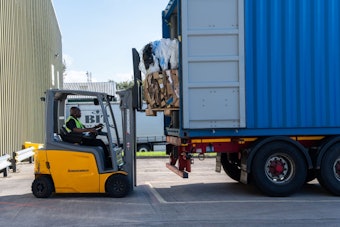PW: Why should packaging machinery users care about a state model?
McDonald: They shouldn’t have to care. Do you care what’s under the hood of your car? You get in, turn the key, and drive off. It’s the same with packaging machinery. The situation we have now is that if we buy five machines for a line, they each come with different control systems, and you spend forever integrating them. We do make efforts to specify machines using company standards, but some manufacturers of machines specialize in supplying certain systems. To get them to change can cause delay and an increase in cost. At home, I recently plugged in my camcorder into a new PC, and it beeped and noted, “I see you’ve got a JVC camcorder. What do you want me to do with this today?” That’s exactly how it should be with packaging lines—plug-and-pack, instead of plug-and-play, if you will.
PW: What are your views on assessing packaging machinery price versus flexibility?
McDonald: Now we’re very keen on keeping our costs down. But from a wider perspective, is it better to spend $100ꯠ on a machine that allows you to make only one type of package when six months later you need to produce products with different packaging requirements? Or do you spend more now to give you flexibility? Of course, the best scenario is for packaging machine builders to offer more flexible machinery at “standard” prices. They can do this by using the requirements and specifications developed by collaborative industry groups like OMAC.
You have to remember that Unilever’s core business is anticipating the needs of our consumers and delivering the products that meet those desires. We don’t compete with Procter & Gamble, for example, on our ability to engineer control systems. Getting our products to market faster will increasingly become more important than saving a percentage of the purchase price.
Also, the capital cost of an asset is between 5% and 15% of its total life-cycle cost. What that life cycle means for us depends on the products we’re producing. And I can’t tell you what products we’re going to produce in five years’ time, because it changes that quickly. So does that mean we need flexibility and agility? Yes, it does. Should we be prepared to pay for it? Yes, we should if the business case stacks up. —DN
Editor’s note: To learn more about this standardization effort, visit https://www.packworld.com/go/w015


























